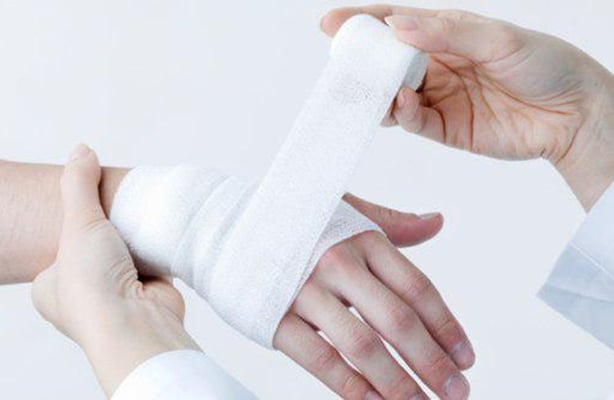Treatment of skin burns and remedies for different types of burns have long been a concern for humans, dating back thousands of years. One can look after their skin much better if they get to know different types of burns and their effects.
Cave paintings going back 3,500 years show burns and ways of their treatment. In 1,500 BCE in Egypt, Smith Papyrus explained how to treat burns using honey and pine gum. Other treatments include using tea leaves by the Chinese in 600 BCE and using pig oil and vinegar by Hippocrates in 400 BCE. The different degrees of burn were first developed by a French surgeon in 1500. The first hospital specialized in the treatment of burns was first established in London in 1843. Modern burn care methods began to spread in the late 19th and menimpotency.com. The importance of timely surgery and skin grafting came to light in the 1950s when formulas and liquids were developed to treat burns.
For a brief review of Iran’s achievements in various fields of science and technology, check the book “Science and Technology in Iran: A Brief Review”
Generally speaking, the skin suffers burn when exposed to a temperature of 44 degrees centigrade. The duration of the contact greatly affects the type of the burn. In fact, these two factors are exponentially related. For example, if the skin is exposed to a temperature of 47 degrees centigrade for 15 minutes, it will destroy the epiderm. However, exposure to a temperature of 70 degrees centigrade for one second will be enough to destroy the epiderm.

Other symptoms of the second-degree burn are pain, burning sensation and a change in the colour of the skin. The burn treatment usually takes 10 to 21 days, and the change of colour may remain on the skin. In deep second-degree burns, the symptoms are more severe and the outcome of the treatment is usually not that favourable as the blisters may leave behind scars and dark stains on the skin may remain. In this type of burn, the deeper layer of the skin is damaged and the patient’s sense of feeling may decrease in the burned spots as lower layers may be damaged.
At the moment, there are various efficient ways to treat burns and its scars, including by using stem cell products. However, prevention is still better than cure. Look after your skin.
